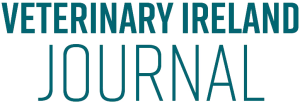Congenital defects in Irish cattle - A decade of syndormic surveillance
With the recent launch of the National Genotyping Programme, Ireland is uniquely positioned to be the first country in the world to eventually genotype the national cattle herd. In this article, John F Mee* PhD, MVM, MVB, Dip ECBHM, FRCVS, Moorepark Research Centre, Teagasc; Katie Quigley PhD, ICBF; Seamus Fagan MVB, MVM, MRCVS, Department of Agriculture, Food and the Marine; Mike Curran MBSc and Donal Murphy MVB, Grad. Cert. DHH, MRCVS, XLVets Ireland and Caoimhe Ryan, UCD, outline the latest findings from their multiple recent research studies on congenital defects in our dairy and beef herds
*Corresponding author: john.mee@teagasc.ie
It is concluded from four recent research studies that the typology of bovine congenital defects recorded in Irish cattle is predetermined by observer perspective. Thus, farmers record more externally visible defects (e.g., tail defects), veterinary practitioners record more clinically relevant defects (e.g., Schistosomas reflexus) and veterinary pathologists record more (economically) lethal defects (e.g., cardiac defects). However, across all these diverse perspectives, one defect, intestinal atresia, could be described as the most common and economically important. Given this finding, collaborative research is ongoing to determine the underlying genetic and environmental causes of this multi-faceted defect complex.
Introduction
Congenital defects are those that are present at birth. These may be structural and/or functional anomalies and may affect one or more organ systems. In cattle, it is estimated that 0.5 to one per cent of calves are affected by congenital defects however, such estimates probably grossly underestimate true prevalence due to inaccurate recording.
Underlying causes may be genetic or non-genetic or, in many cases, unknown (Mee 2021, Murphy et al, 2025). Non-genetic factors describe those acquired by the dam during gestation; for example, ingestion of toxins or an acquired infection (e.g., Schmallenberg virus). Genetic factors describe genetic variations that may be:
1) heritable i.e., occur as a result of the anomaly being transmitted from one generation to the next (usually as recessive alleles); or,
2) non-hereditary i.e., occur due to a spontaneous genetic mutation present in the fetuses’s genetic makeup but not present in the sire or dam; a de novo mutation.
Genomic data can be used to screen for and manage both known and unknown (such as lethal recessive haplotypes) genetic conditions. In 2023, a collaborative initiative called the National Genotyping Programme (NGP) was set up in Ireland. The aim of this world-first genotyping initiative is for Ireland to eventually genotype the national cattle dairy and beef herd. The routine genotyping of all cattle at birth will play an important future role in the management of genetic diseases: firstly, by having a tissue sample for DNA testing collected at birth and, secondly, by having a record of DNA-verified parentage. Opportunities include: the routine genotyping of major genes or traits of importance for reporting; management of inbreeding and lethal conditions such as lethal recessive haplotypes through mating support tools; and detection of chromosomal regions of homozygosity, and aneuploidy.
However, in order to facilitate the identification of both genetic and non-genetic defects, we need to catalogue the abnormal phenotypes in the national herd. Routine recording of congenital defects by veterinary practitioners, pathologists, farmers, and researchers is a collective approach that can be taken to identify abnormal phenotypes. In this article we describe recent national initiatives to achieve this aim.
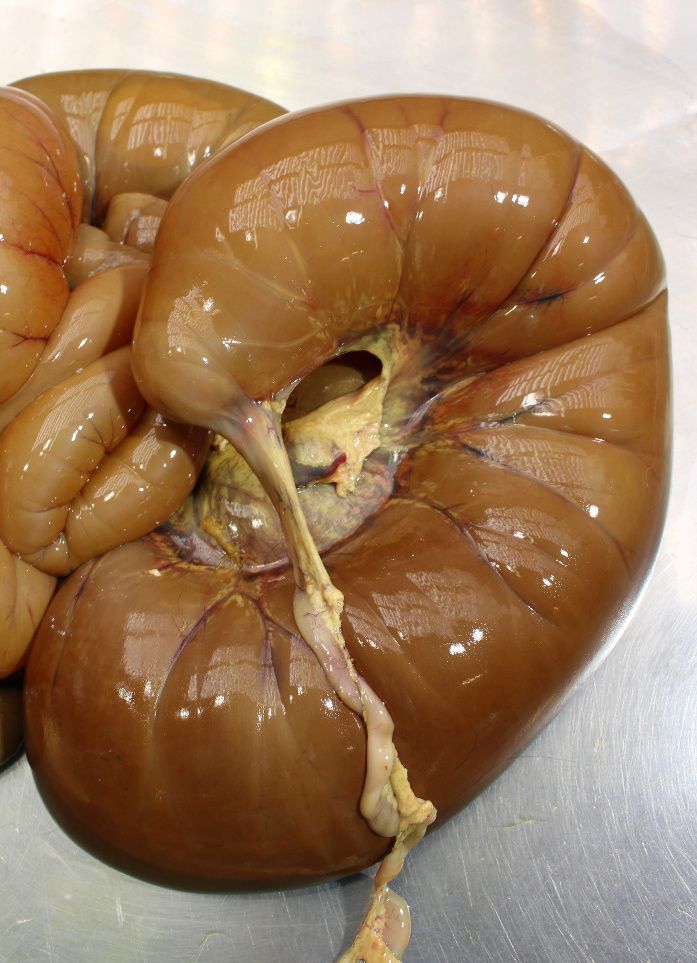
Figure 1: Intestinal atresia was one of the most common defects recorded in Irish calves.
Recent congenital defect studies
The results of four recent research studies on congenital defects in the Irish national herd are summarised hereunder. These studies were collaborations between Teagasc, the Department of Agriculture, Food & the Marine, ICBF, XLVets Ireland, and Irish farmers.
ICBF/Teagasc survey
By logging into the ICBF website, herdowners can complete a questionnaire and upload images/videos of affected cattle (usually calves). Over the course of a decade (2014-2023 inclusive), 522 cases of bovine congenital defects were reported with additional data (birth, breed, and herd location) available for a subset (369/522), see Table 1. The most commonly reported defect was intestinal atresia (24.3 per cent), see Figure 1, followed by multiple defects (19.9 per cent), and tail abnormalities (13.4 per cent). This is the first national survey of bovine congenital defects in Ireland (Quigley and Mee, 2025). It shows that while farmer-reported cases generally lack a veterinary clinical or necropsy examination, farmers are in the unique position of being able to report phenotypic abnormalities first-hand and provide an unbiased perspective of the likely true typology and epidemiology of congenital defects on-farm.
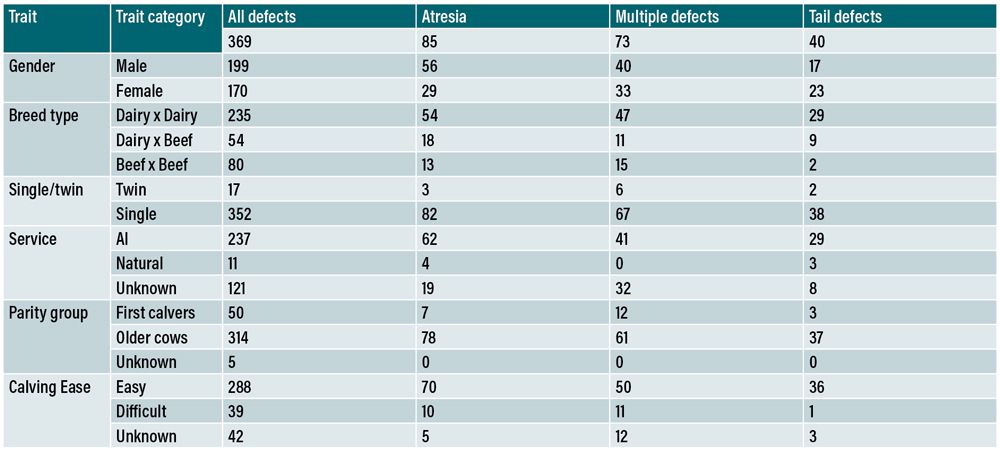
Table 1: Epidemiological data for all ICBF-registered calves (n=369) reported with a congenital defect and for each of the three most common defect categories of registered calves; atresia (n=85), multiple defects (73) and tail defects (40).
XLVets Ireland/Teagasc study
XLVets Ireland set up a mobile phone recording system for congenital defects (Birth Defect Tracker) linked to a veterinary practice dashboard (Figure 2) which is ongoing. The app was used by 59 veterinary practitioners to collect case histories into a short questionnaire and images/videos of 191 cattle with congenital defects distributed nationally over a three-year period (2021-2023), (Mee et al, 2024). The majority of cases of congenital defects (83.5 per cent) were recorded in the musculoskeletal or digestive systems (Table 2). The three most commonly recorded individual defects were intestinal atresia (24.1 per cent), Schistosomus reflexus (20.4 per cent), and ankylosis (6.8 per cent); multiple defects were recorded in 13.1 per cent of cases. These findings highlight the relatively high prevalence of intestinal atresia and Schistosomus reflexus in calves attended by veterinary practitioners. The project highlighted the potential benefits of veterinary practitioner apps when used in syndromic surveillance systems to detect changing trends in endemic conditions, or the emergence of novel, congenital, or other, conditions, e.g., Schmallenberg virus (Mee et al, 2025).
DAFM/ICBF/Teagasc study
The vast majority of deformed cattle are not examined post-mortem. However, a sample of these cattle is submitted for necropsy examination in one of the six regional veterinary laboratories. Recently, the data on these cases over a five-year period (2020-2024), were extracted from the RVLs’ Laboratory Information Management System (LIMS) and merged with their animal records in ICBF (Ryan et al, 2025). If a congenital defect was recorded in the RVL, it indicated that this was the primary (majority of cases) or joint cause of death. In total, 197 cattle with congenital defects were recorded of which 180 had associated data in the ICBF database.
The majority of cattle diagnosed with a congenital defect were beef (75 per cent), which is surprising given that there are almost twice as many dairy (1.6m) as suckler cows (790k) nationally; this may reflect animal value and submission patterns to RVLs. The majority (55 per cent) of deformed cattle died within seven days of birth but one lived up to 1,374 days (over three years). The three most commonly affected body systems, the cardiovascular (60 per cent), gastrointestinal (21 per cent), and musculoskeletal (eight per cent), accounted for 89 per cent of all cattle (Figure 3). The majority (69 per cent) of cardiac defects were either atrial septal defects (ASDs) or ventricular septal defects (VSDs) alone. The majority (98 per cent) of gastrointestinal defects were atresias and there was no predominant musculoskeletal defect. This study identified the hitherto undocumented common lethal congenital defects in cattle submitted to veterinary laboratories in Ireland as cardiovascular defects and, according to the associated information, identified beef cattle as over-represented. These findings have implications for targeting of potential genetic testing for these lethal defects in this cohort of the national cattle population.
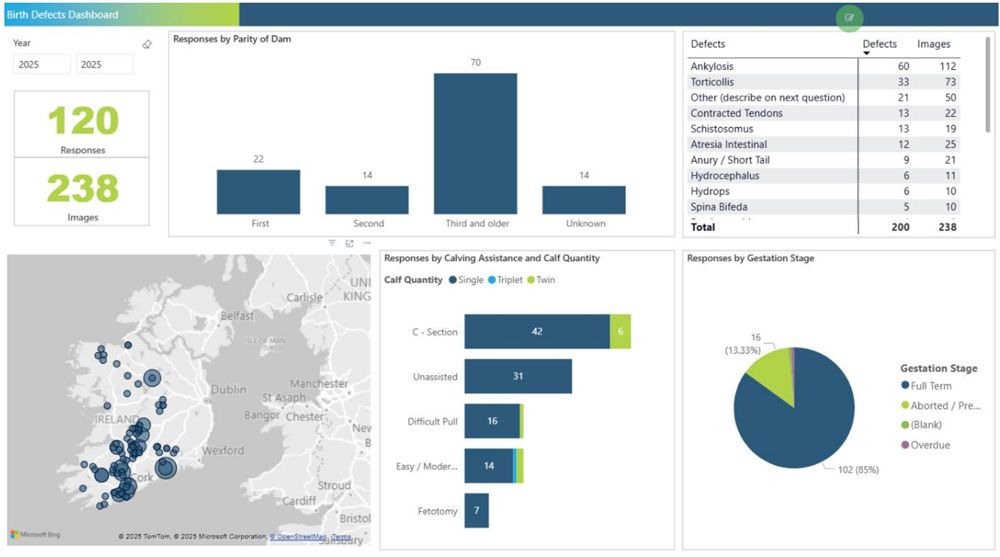
Figure 2: Veterinary practice dashboard for XLVets Ireland’s Birth Defect Tracker.
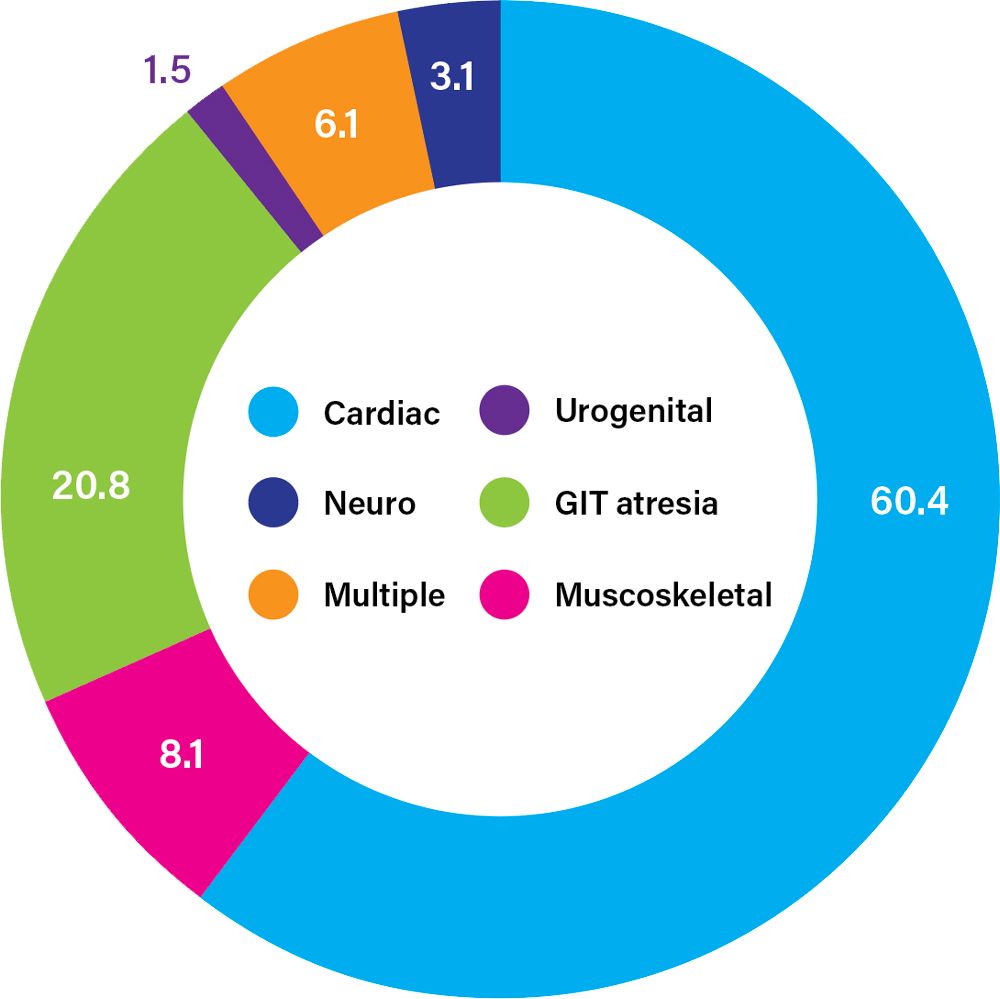
Figure 3: Distribution of congenital defect diagnosed in 197 cattle submitted to the six regional vet labs (2020-2024).
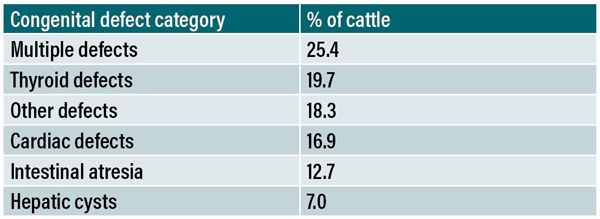
Table 3: Congenital defects diagnosed at necropsy in aborted, stillborn, and young calf deaths in five dairy research herds (percentage of 71 cattle).
Teagasc research herds’ study
An analysis of the data from five dairy research herds over five years (2021-2025) showed that of aborted, stillborn, and young calf deaths, 31 per cent of cases had at least one defect, often non-lethal, detected at necropsy (71/233). The three most commonly detected defect categories were: multiple defects (25.4 per cent); thyroid defects (19.7 per cent), mainly thyroid stalks; and cardiac defects (16.9 per cent), mainly haemocysts. Of all defects, approximately half (49 per cent) were diagnosed as the (co-)cause of mortality (15 per cent of all calf deaths). This study indicates that congenital defects are common in dairy fetuses/youngstock but that only about 50 per cent of such defects have clinical relevance.
Mee, J.F., Curran, M. and Fagan, S. (2025) Re-emergence of Schmallenberg virus in 2024/2025. Irish Dairying Innovating for the Future, Moorepark Open Day Book, Teagasc, p. 272-273.
Mee, J. F., Murphy, D., & Curran, M. (2024). Bovine congenital defects recorded by veterinary practitioners. Reproduction in Domestic Animals, 59(1), e14501.
Mee, J.F. (2021) Congenital defects in calves. In. Bovine Prenatal, Perinatal and Neonatal Medicine. Editors Ottó Szenci, John F. Mee, Ulrich Bleul and Marcel A.M. Taverne, Hungarian Association for Buiatrics, Budapest, p. 67-72.
Murphy, E., Mee, J.F., Crowe, A., Doyle, R., McDonald, M., Randi, F., Lonergan, P. and Butler, S. (2025) Mortality of calves derived from in vitro embryo production. Proceedings of the Association of Embryo Technology in Europe (AETE) Annual Conference, Cork, 4-5th September, (in press).
Quigley, K., & Mee, J. F. (2025). Bovine Congenital Defects Recorded in a National Survey of Dairy and Beef Herds Over Ten Years (2014–2023). Reproduction in Domestic Animals, 60(5), e70067.
Ryan, C., Fagan, S., Quigley, K. and Mee, J.F. (2025) Bovine congenital defects diagnosed in the Irish national veterinary laboratory service (2020–2024). Journal of Reproductive Medicine and Endocrinology, 22 (1), 18-19.
1. Define congenital defect:
A defect that doesn’t cause death
B defect present at birth
C defect not present at birth
D defect only causing death
2. Genetic factors causing congenital defects may be:
A Heritable by recessive alleles
B Non-heritable
C Heritable by dominant alleles
D All of the above
3. The most commonly reported defect by farmers is:
A Ventricular septal defect
B Schistosomus reflexus
C Intestinal atresia
D Hydrocephalus
4. The most commonly reported defect by veterinary practitioners is:
A Anury
B Perosomus elumbis
C Atrial septal defect
D Intestinal atresia
5. The most commonly reported defect by veterinary pathologists is:
A Crooked calf syndrome
B Crooked tail syndrome
C Cardiac septal defect
D Cardiomyopathies
ANSWERS: 1B; 2D; 3C; 4D; 5C.
